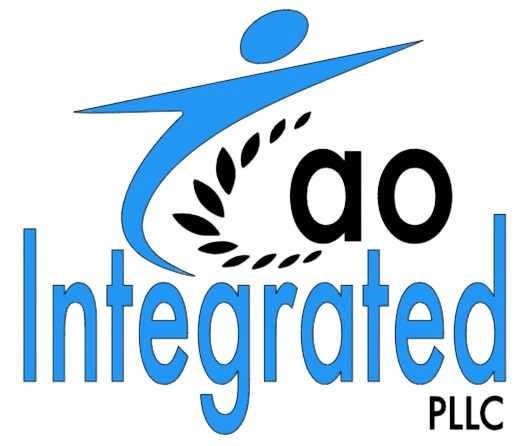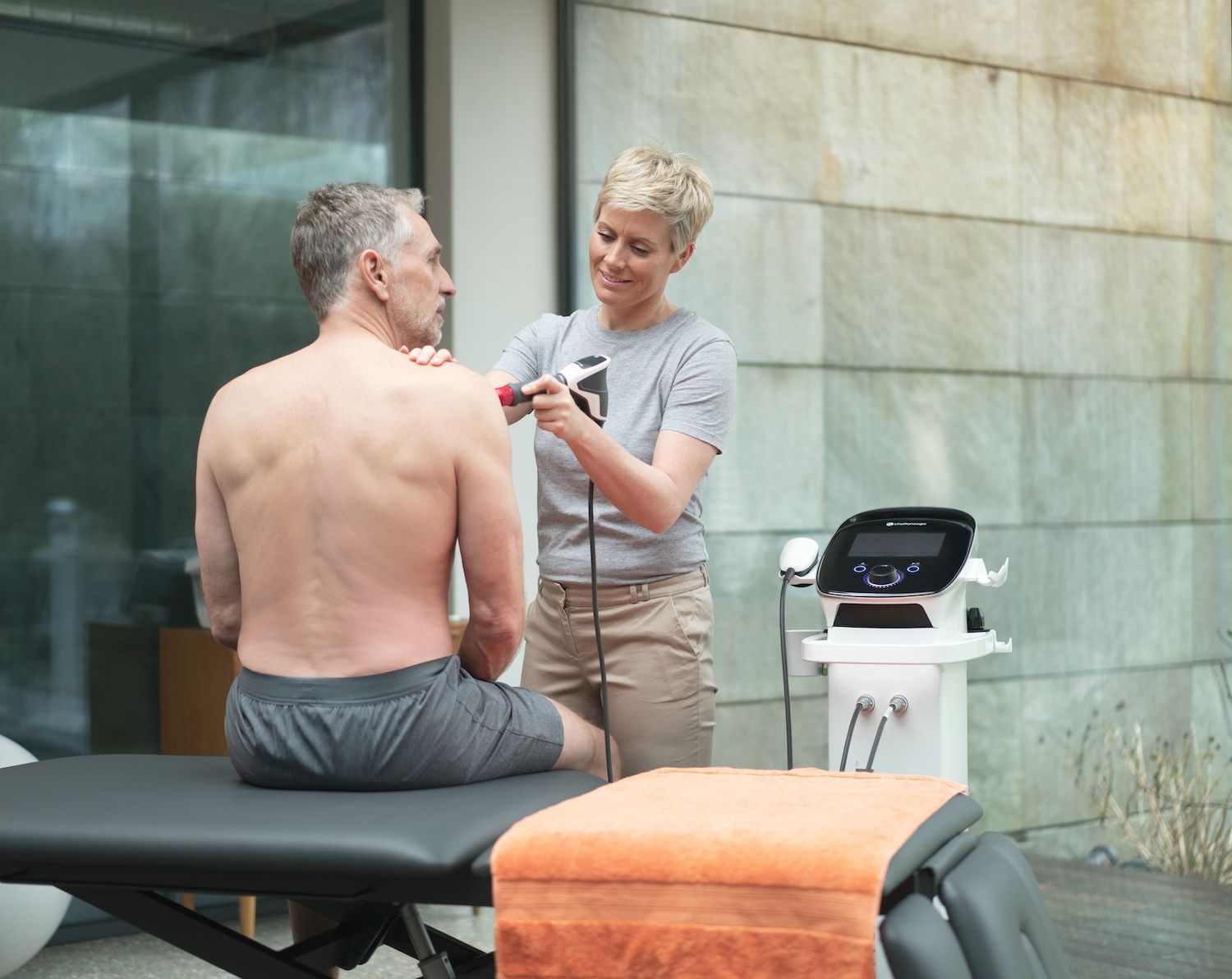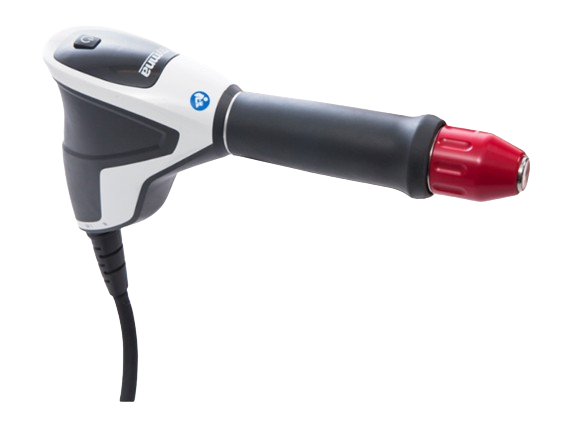Shockwave therapy helps to accelerate the body’s normal healing process. It helps speed up the recovery of injured joints and tissue while diminishing pain and discomfort.
Extracorporeal shockwave therapy works in two ways, either through focused shockwaves or radial pressure waves. Both methods are outpatient, and several treatments may be required to treat your specific condition.
The focused shockwave method uses a very focused impulse to target affected areas through an extracorporeal shockwave therapy machine. There is no need for anesthesia since the shockwave used is low energy. The patient lays down with the affected area exposed. The doctor applies a special gel to the affected area, which helps deliver the impulses deeper into the skin.
The ESTW machine is turned on and the instrument, or shockwave gun, is pressed against the affected area. Rapid impulses are then delivered to the patient. Treatment typically lasts between 5 and 15 minutes. While this treatment can be uncomfortable for some, most do not experience any pain.
Once treatment is completed, patients should do their best to limit physical activity for at least two weeks.
Radial shockwaves are given in much the same way. The main difference between radial shockwaves and focused shockwaves is that radial shockwaves dissipate once they have been discharged and have contacted the skin, while focused shockwaves are a little higher in energy and therefore don’t dissipate when it reaches the skin. Radial ESWT treatment is still relatively new, whereas focused ESWT treatments have been around for several years and can potentially aim higher levels of energy shockwaves into deeper tissue locations.


